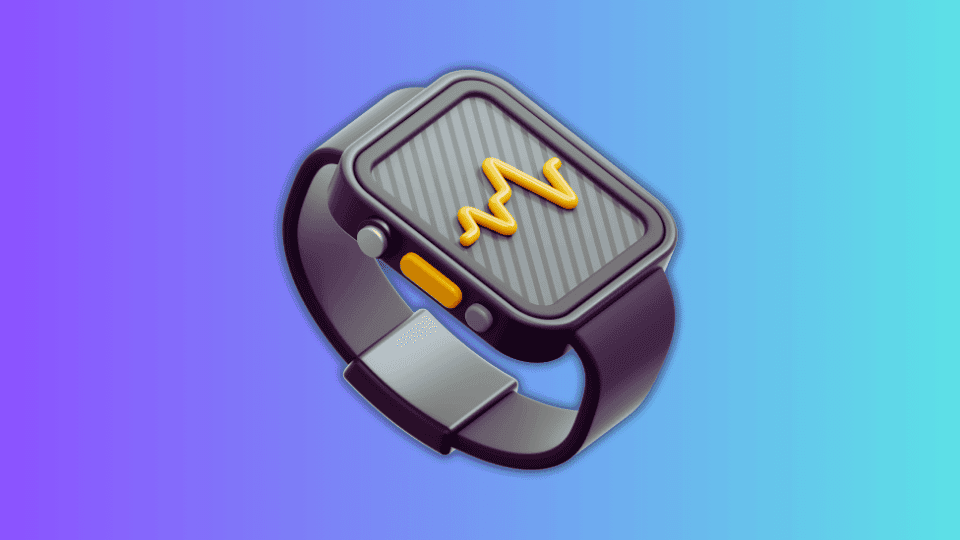.svg)


It started with an ordinary purchase. Steven Luemba decided to buy an Apple Watch in 2019 while living in London. For a while, it seemed like just another gadget, tracking steps and delivering notifications. Then one day in 2020, the watch chimed with a notification that would change everything. It alerted him to an irregular heart rhythm—atrial fibrillation.
At first, Steven didn’t think much of it. But as the notifications persisted, he decided to visit a doctor. That decision saved his life. The atrial fibrillation was confirmed, and timely medical treatment prevented a potentially fatal outcome.
Steven’s story is a powerful reminder of how wearables can be more than just tech accessories; they can be life-saving tools. Yet for most people, these devices come with an overwhelming flood of data. Heart rate zones, VO2 max, HRV—what does it all mean, and does it even matter?
In this article, we'll simplify things. We’ll show you which metrics are worth paying attention to, what they tell you about your health, and how to use them to make better decisions.
A wearable is any device you wear on your body that collects and tracks health data. Think Apple Watch, Garmin, Fitbit, Oura Ring, and Whoop. These devices measure everything from how many steps you take to how well you sleep.
Wearables are not just a trend—they’re becoming essential tools for personal health. With global awareness around fitness and prevention growing, the wearable technology market is booming: by 2030, it’s projected to grow to $150 billion globally.
Here’s the issue: most people don’t know what to do with the data their wearable devices produce. You might check your heart rate or step count out of habit, but without understanding the numbers, you can’t use them to improve your health.
Adding to the confusion, wearables track so many metrics that it’s easy to get lost. Sleep stages, calories, blood oxygen—where do you even begin?
The key is to keep things simple. Instead of worrying about every piece of data your wearable throws at you, focus on a few key metrics that are both:
You can even adjust your wearable’s settings to display only the data you need. Less clutter means better focus and fewer distractions.
Your resting heart rate is the number of times your heart beats per minute when you’re at rest. A lower RHR generally indicates better cardiovascular fitness.
During exercise, your heart rate helps you understand how hard you’re working. Training zones are percentage ranges of your maximum heart rate (e.g., 70-85%).
Forget complicated sleep stages. Total sleep time is a simple, reliable indicator of sleep quality.
HRV measures the variation in time between heartbeats. It reflects how well your body is balancing stress and recovery.
Step count is a straightforward way to track daily activity.
VO2 max is a measure of how efficiently your body uses oxygen during exercise. It’s one of the best indicators of cardiovascular fitness and longevity.
Wearables have come a long way, but not all devices measure metrics equally well. Accuracy varies widely depending on the brand and type of device. For example:
To get the best data, stick with established brands like Apple, Garmin, Polar, and Fitbit. Investing a little more in a high-quality wearable is worth it if you’re serious about your health and wellbeing.
Wearables are powerful allies in your health journey. By focusing on a few key metrics—like resting heart rate, total sleep time, and VO2 max—you can cut through the noise and make meaningful changes to your health.
Let your wearable be your ally in building a healthier future. Simplify, focus, and take acti